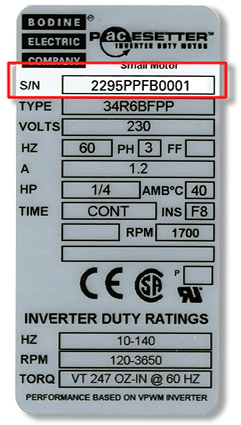
Plenty of factors go into gearmotor performance. From the input power source to the right fit between the gearmotor and the application, down to environmental factors. One of the most critical is temperature; specifically, the ambient temperature.
Consider an example. Suppose there are two gearmotors each with the same horsepower rating. One is rated for 25°C and the other for 40°C ambient. If the gearmotor rated for 25°C is used where the ambient temperature is 40°C, that motor would run much hotter than its rated ambient temperature. The result: a shortened useful life in the form of damage to the motor lubricant and winding insulation.
Given the importance of ambient temperature rating, one would imagine that all gearmotor manufacturers would include this information on the nameplate. Not so. If not present on the nameplate, ask the manufacturer to supply the information.
Example courtesy of Bodine Electric.

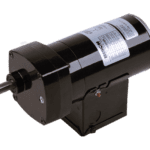
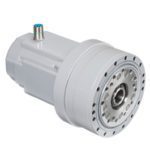

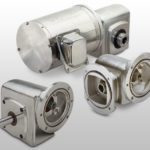
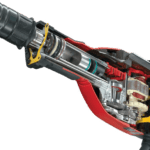

Leave a Reply
You must be logged in to post a comment.